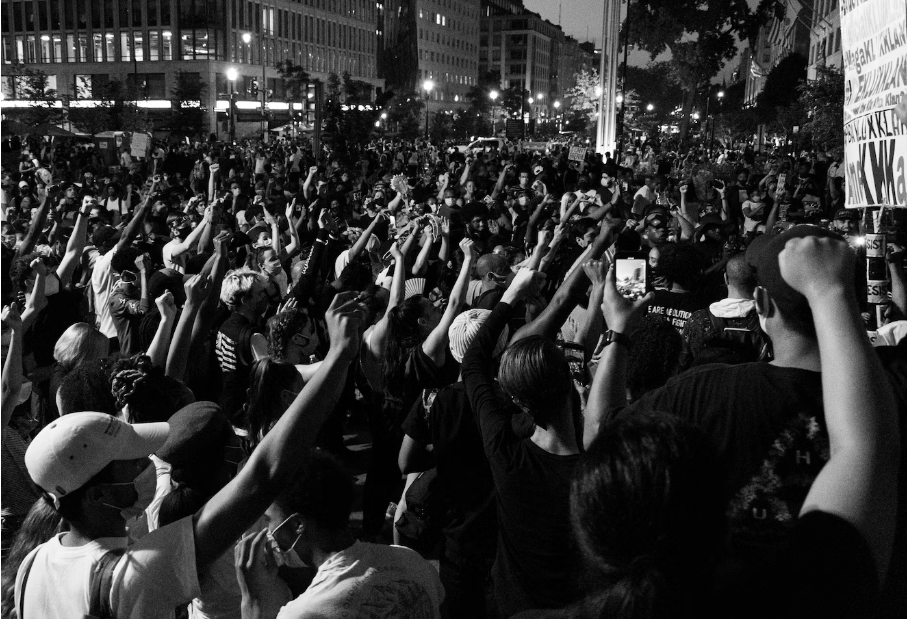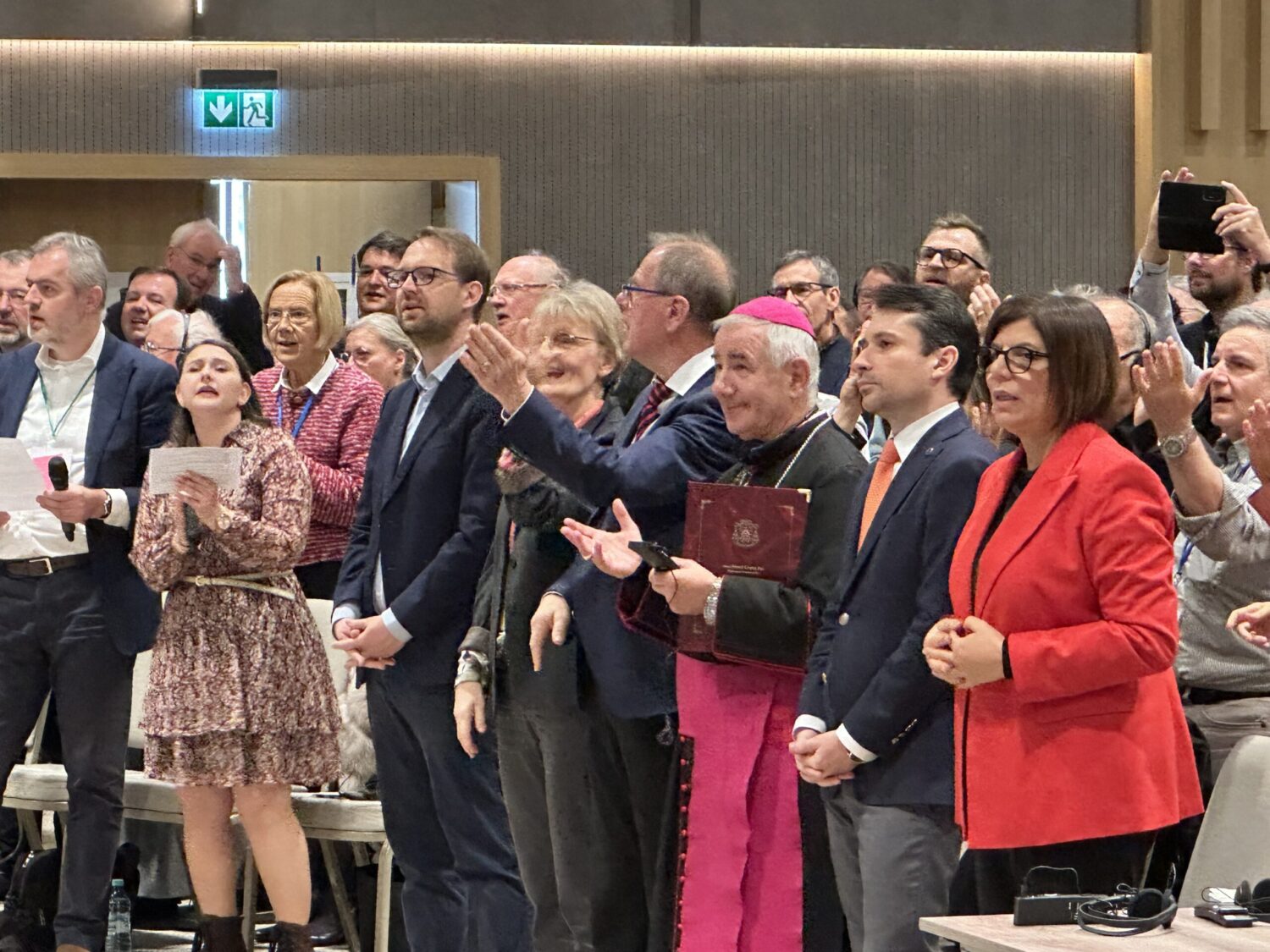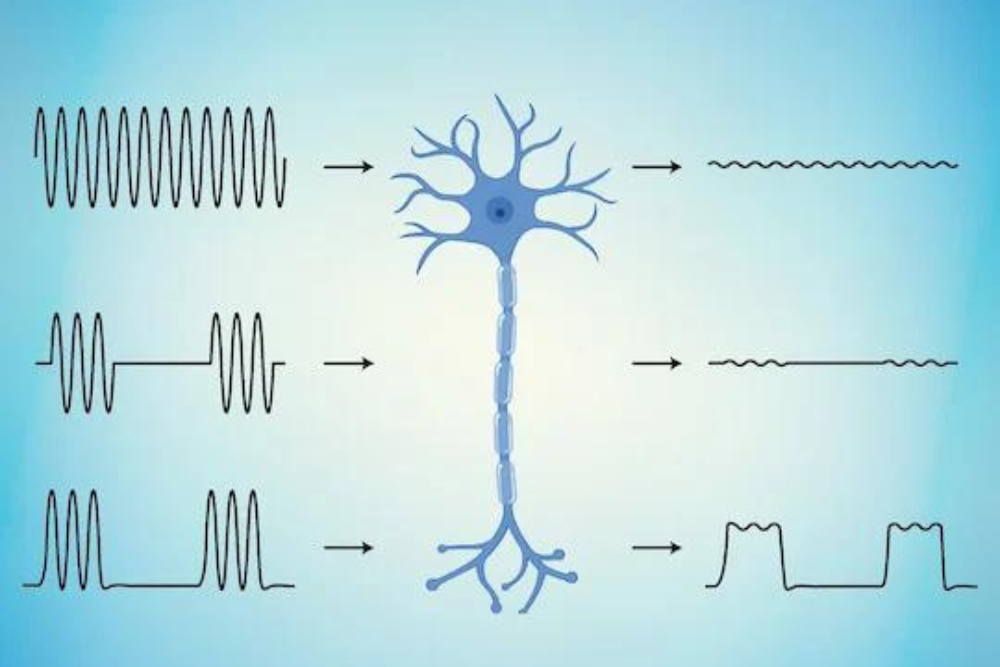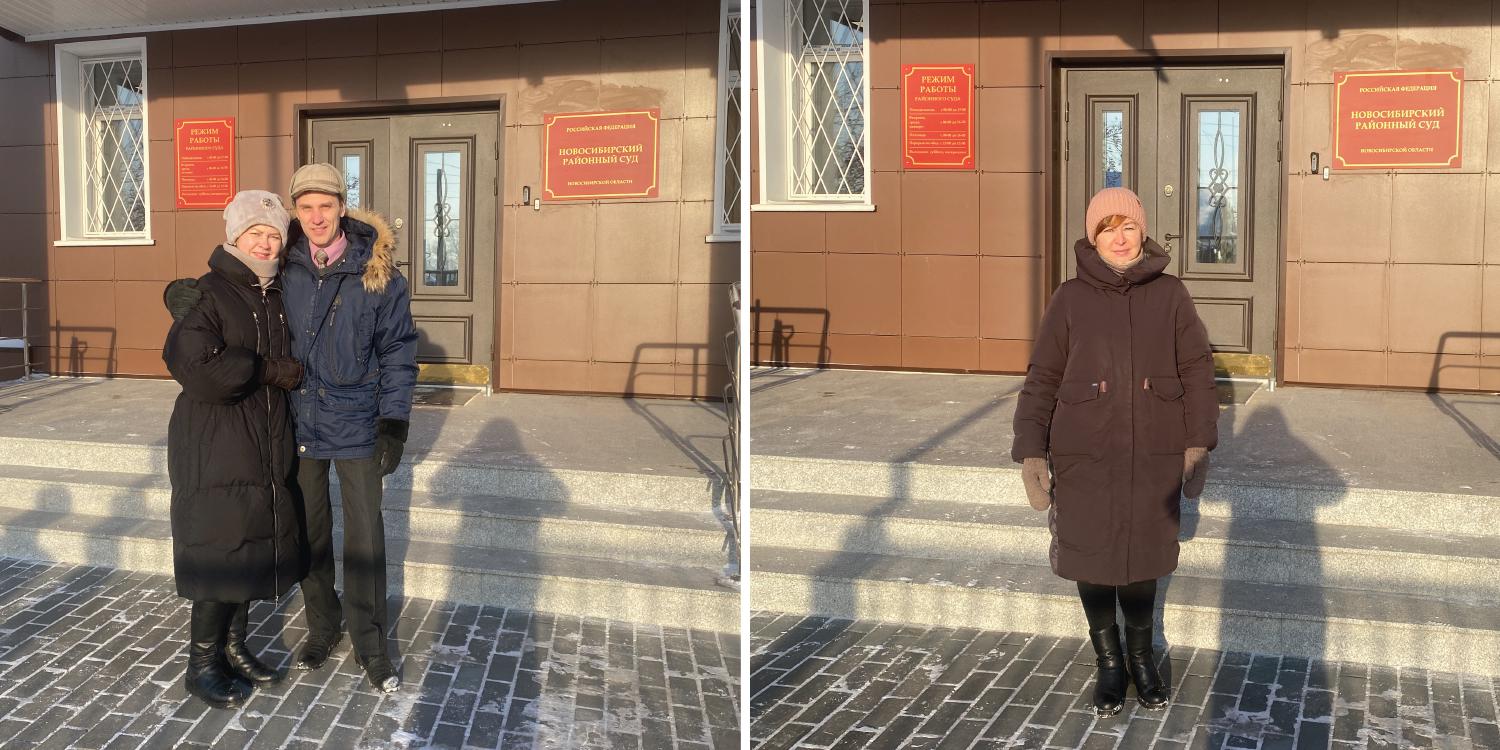The intense and quiet work carried out in Spain by religious denominations such as Buddhists, Baha’is, Evangelicals, Mormons, members of Scientology, Jews, Sikhs and Jehovah’s Witnesses has remained for decades in the shadows, out of the media spotlight. However, a pioneering study commissioned by the Fundación Pluralismo y Convivencia (Pluralism and Coexistence (Living Together) Foundation, attached to the Spain Ministry of the Presidency) and carried out by researchers at the Comillas Pontifical University has just revealed the enormous dedication of these communities to social assistance tasks, as well as the lights and shadows of their contribution in this field. “La acción social de las confesiones minoritarias en España: mapa, prácticas y percepciones” (access the full report here) (The social action of minority faiths in Spain: map, practices and perceptions) was published on 28 December by the Observatorio de Pluralismo Religioso en España.
The report, which was based on interviews, focus groups and a survey of leaders and active members of these minority religions, has for the first time mapped the contours, values, strengths and weaknesses of the aid they channel to the most disadvantaged, sometimes directly from the religious community, and other times from its entities such as Caritas, Diaconia, ADRA or the Foundation for the Improvement of Life, Culture and Society.
The researchers write that for their “research, the universe of analysis focused on the following minority faiths: Buddhist, Evangelical, Bahá’í Faith, Church of Jesus Christ of Latter-day Saints, Church of Scientology, Jewish, Muslim, Orthodox, Jehovah’s Witness and Sikh. The choice of these denominations is related to their presence and institutionalisation in Spain, as well as to their opportunity and collaboration”.
And the snapshot obtained is fascinating: a hotbed of communities devoted body and soul to social support work that operate tenaciously, albeit with more voluntarism than institutional muscle. A treasure trove whose richness has yet to be discovered.
Low-profile but constant aid
The first conclusion to be drawn from the study is that minority religious denominations have for years been carrying out a quiet but enormous amount of assistance work, focused above all on vulnerable groups such as immigrants, refugees and people living in poverty.
This is low-profile aid, far from the media spotlight, but it has a real impact on thousands of people in need. They act as radars that closely detect situations of emergency and social exclusion, to which they try to respond within their limited but effective resources.
Therefore, one of the main recommendations drawn from the report is that this quiet contribution needs greater social and institutional visibility. Society needs to value this solidarity effort. It is also important that the administrations facilitate their work with support measures, without seeking to control or instrumentalise it.
As it says in its executive summary:
“This analysis does not delve into the theological dimension or into a reflection on the fundamentals of the various religious denominations with respect to the Social Action. Certainly, some of these foundations, ideas and beliefs become transparent in the course of the research, but this is not the aim of the research. The aim is more practical and analyses how this social action manifests itself, how it is organised, with which people and organisations it relates in Spain and what problems are encountered in its deployment in a highly secularised society“.
Values based on an integral worldview
Another distinctive feature that emerges from the study is that the social action of these communities draws directly from their religious value and belief systems. It is not just technical or aseptic aid, but is deeply rooted in a spiritual worldview that gives it meaning.
Thus, concepts such as solidarity, charity and social justice form an integral part of these faiths and become vectors of their social contribution. It is not just a matter of providing occasional assistance to the most disadvantaged, but of building a more humane and equitable society.
Linked to this holistic worldview, another relevant conclusion of the study is that the spiritual dimension is an integral part of the help they provide to people in need. They understand that alongside material deprivation, there are also emotional voids and transcendent concerns that deserve to be addressed.
The researchers also note that this legitimate spiritual attention can lead to a certain proselytising, hence they recommend a careful balance during social action with people outside one’s own denomination.
A communitarian and close contribution
In the face of the growing bureaucratisation and technification of the social sector, another of the keys highlighted by the study is the ability of these denominations to articulate community support networks. Their internal ties of solidarity act as a buffer against situations of need and exclusion.
Thus, a large part of the resources they mobilise come from quotas or donations from their own members, who feel that they are active subjects of social action, rather than mere passive recipients of technical assistance. This feeling of reciprocity strengthens community ties.
Moreover, the research found that aid is mainly deployed in local environments close to the places of worship, which guarantees proximity and the ability to respond quickly to the needs closest to home. This is also positive for community building.
Structures deserving more support
However, in addition to all these strengths, the study also highlights important weaknesses that hinder the social contribution of these minority faiths. The main one has to do with the fragile organisational structures of many of them, which are excessively voluntary and informal.
Although some are very well organised, many of these communities lack organisational charts, budgets, protocols and qualified personnel in the social area, although this does not prevent them from doing their utmost to be effective. Everything relies on the effort and goodwill of their most committed members. However, this limits their capacity for planning, growth and continuity in the actions undertaken.
Faced with this situation, researchers are calling for greater institutionalisation efforts, as well as public support measures that contribute to the organisational strengthening of these religious denominations, while respecting their founding principles.
They also note a disconnection between the third sector and public-private social networks. According to the study, it is therefore urgent to improve the channels of dialogue and coordination with other social actors. Complementarity and synergies are essential to multiply impact.
Beyond historical inertia
In short, the study highlights a series of intrinsic strengths of faith-based social action, but also a number of pending challenges for its full development. Strengths and weaknesses that need to be addressed.
Overcoming old historical inertia that has kept these religious communities in a limbo of semi-clandestinity. Recognise their growing demographic weight and their decisive social contribution. And to articulate channels that favour their full insertion into civil society, while respecting their legitimate diversity.
As the researchers point out, minority faiths have much to contribute to the construction of a more cohesive, inclusive and value-based society. Their treasure of solidarity has been buried for too long. The time has come to unearth it and allow it to shine. This rigorous x-ray of their social action can be a first step on that path.
The social action of minority religions in Spain: map, practices and perceptions
By Sebastián Mora, Guillermo Fernádez, Jose A. López-Ruiz and Agustín Blanco
ISBN: 978-84-09-57734-7
The contributions of the different religious denominations to society are multiple and plural and, among these, one of the most recognised is their capacity to help people in situations of exclusion and vulnerability. However, studies on the social action of minority religious denominations in Spain are still scarce and very partial. Moreover, the level of institutionalisation and formalisation of social action in most of these denominations is weak, which does not allow easy access to data and limits their visibility.
This report constitutes the first quantitative and qualitative approach to the social action of minority religious denominations in Spain from their own perception and understanding of the practice of social action. It analyses how the social action of the different religious denominations is manifested, their basic processes, the moment in which they find themselves and the difficulties and challenges they face, at the same time as it provides conclusions and suggestions for action in dialogue with civil society.
The Observatory for Religious Pluralism in Spain was created in 2011 at the initiative of the Ministry of Justice, the Spanish Federation of Municipalities and Provinces and the Pluralism and Coexistence Foundation, in compliance with Measure 71 of the Spanish Government’s Human Rights Plan 2008-2011 and with the aim of guiding public administrations in the implementation of management models in line with constitutional principles and the regulatory framework governing the exercise of the right to religious freedom in Spain. Without modifying its ultimate objective, in 2021 the Observatory begins a new stage in which the production of data and analysis takes on a greater role.


















